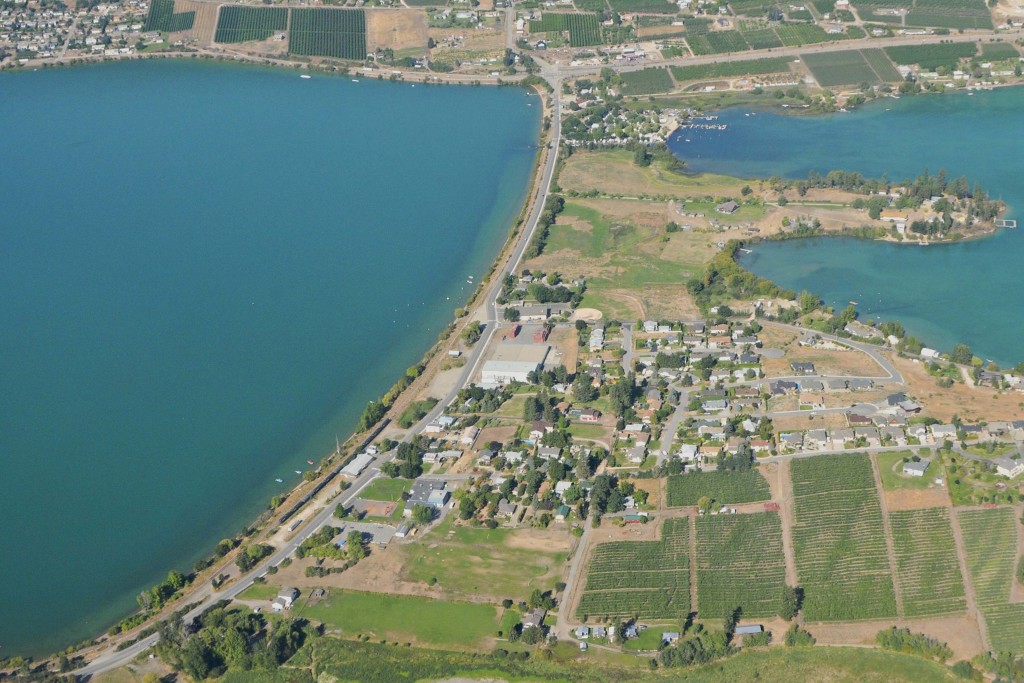Washrooms higher priority than paving for respondents to city survey on Vernon-Kelowna trail amenities1
By Ron Seymour, The Daily Courier
Paving the Vernon-Kelowna railway path is both the most popular and the least popular idea among respondents to a City of Kelowna survey.
One-quarter of those who completed the survey identified paving the path as their most desired amenity on the recreation corridor.
But the idea also received the most last-place votes among seven options for future rail upgrades presented in the survey.
“Therefore, the other amenities that were also ranked first and more frequently second and third had overall higher scores, and ultimatley an asphalt trail surface falls with lights as the last priorities for respondents,” reads a summation of survey results to be presented today to Kelowna city council.
Higher priorities than paving, in the estimation of people who filled out the survey, include washrooms, garbage receptacles, benches and picnic tables, and parking lots.
Staff currently plan to build the trail’s surface using crushed and compacted gravel.
“It is compatible with the natural environment, available in adequate quantities, economical, durable and, if compacted properly, is acceptable to large numbers of user groups such as walkers, joggers, bicyclists, strollers, and users of wheelchairs and walkers,” the report to council says.
All or portions of the trail may be paved at some point in the future depending on availability of funds and public demand.

For the first time, a report to council lays out the expected cost to build the 48-kilometre-long, 4.6-metre-wide trail, which is expected to be a significant tourism draw as it passes along the shoreline of Kalamalka, Wood and Duck lakes.
Actual trail construction is estimated to cost $2.9 million; access controls and road crossings will cost $1.1 million; bridge repair and rock scaling will cost $1 million; and drainage works will cost $350,000.
There is also a $2.2-million budget for contingency and engineering allowances, for a total project cost of $7.7 million.
A volunteer group, the Okanagan Rail Trail Initiative, will soon launch a fundraising campaign to pay for the path’s development. Having purchased the corridor from CN for $22 million last year, local municipalities say they have no additional funds to actually build the trail.
Construction of some parts of the trail could begin shortly, but these works are likely to be “barriers, gates and signage to deter unauthorized access until the trail is completed and open for use,” the report to councils says.
Those who responded to the survey said they would primarily use the trail for walking, cycling and running in almost even numbers. Dog-walking and horseback riding scored somewhat fewer responses.
1 Ron Seymour. Biffy over blacktop in The Daily Courier. Monday, April 18, 2016, pp. A1-A2.
2 David Madison. Aerial Imagining. Photograph is available in the David Madison Collection at the Lake Country Museum and Archives.







0 Comments